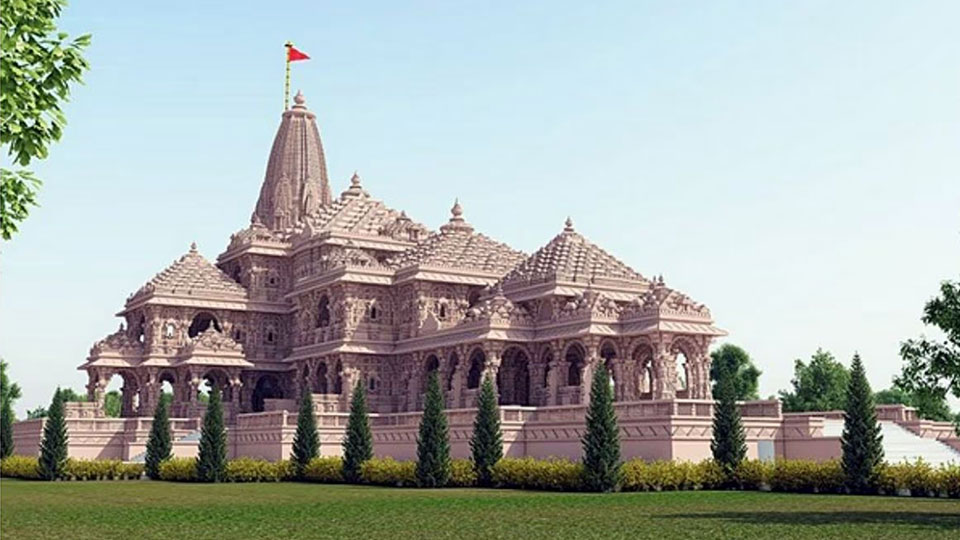The Ram Mandir in Ayodhya, a symbol of faith, history, and cultural significance, has been at the heart of a centuries-old controversy in India. As the construction of this grand temple continues to make headlines, it is essential to delve beyond the surface and uncover the lesser-known, intriguing aspects that surround it. In this article, we will unveil ten shocking and lesser-known facts about the Ram Mandir in Ayodhya, shedding light on its historical, architectural, and spiritual dimensions. From the temple’s ancient origins to the controversies that have surrounded it for decades, these facts will provide a deeper understanding of its profound significance and the enduring impact it has had on India’s social and political landscape. Prepare to be astonished and enlightened as we journey through the fascinating world of the Ram Mandir in Ayodhya, unearthing secrets that have remained hidden for centuries.
A Historic Moment for the Ram Mandir in Ayodhya
Jay Shree Ram!! Jay Siyaram!! This is the chant we heard from the crowd when the long-awaited establishment of the Ram Mandir in Ayodhya reached its culmination on August 5, 2020, with a significant Bhoomi Pujan ceremony. The event saw the participation of around 175 guests, including 135 revered seers. Distinguished figures such as Iqbal Ansari, Champat Rai, Zufar Ahmed Faruqi, Purnima Kothari, Mohan Bhagwat, Yogi Adityanath, Anandiben Patel, and Prime Minister Narendra Modi were among the dignitaries invited to grace the ceremony. Prime Minister Modi, in a historic moment, laid the foundation stone of the much-anticipated Ram Mandir in Ayodhya.
Ayodhya Ram Mandir History
Ayodhya, located in Uttar Pradesh, has been a longstanding epicenter of political controversies and conflicts between the Hindu and Muslim communities. Among Hindus, Ayodhya is revered as one of the seven sacred cities believed to be the birthplace of Lord Rama, known as “Ram Janmabhoomi.” It is believed that there once stood a temple dedicated to Lord Rama at the Ram Janmabhoomi site, which was destroyed by foreign invaders, particularly Turkish and European forces, in the early 16th century.
Subsequently, a mosque known as the “Babri Masjid” or “Mosque of Babur” was constructed on these grounds, allegedly by Mir Baqi, under the command of Mughal Emperor Babur in the year 935 of the Islamic calendar.
The invaders, despite their pagan origins, were associated with the Muslim faith, and this association sparked the Babri Masjid-Ram Janmabhoomi dispute, igniting tensions between the two communities. The dispute revolved around a 2.77-acre land parcel in Ayodhya, housing both the Babri mosque and Ram Janmabhoomi.
The Ayodhya Dispute Over the Years
The Ayodhya dispute has a long history dating back to the 1850s, with multiple legal proceedings initiated. The first court case emerged in 1885. The situation remained relatively stable until the events of December 22, 1949, when an idol of the Hindu God Ram mysteriously appeared under the central dome of the Babri Masjid.
This occurrence was attributed to Abhiram Das, a Hindu priest, who claimed to have had recurring dreams of Lord Rama appearing beneath the mosque’s main dome. While many Hindus viewed this as a miracle, Faizabad District Magistrate KK Nayar reported that a group of Hindus had entered the site and placed the idol. Subsequently, an FIR was filed, and the site’s gates were closed to all religious activities until further notice.
The Bharatiya Janata Party (BJP) capitalized on this issue during the 1980s, using it as a significant political platform, which led to riots and fatalities across the country. However, the issue faded from public view until a pivotal turn of events on January 25, 1986, when an unknown individual filed an application in a civil judge’s court to open the locks at the site. Initially, the civil judge denied the request, but the district judge overturned the decision on February 1, 1986.
Within half an hour, the locks on the Babri Masjid gates were opened around 5:00 pm. During this period, only Hindus were allowed to conduct prayers and visit, while Muslims were barred from offering Namaz, despite both parties acknowledging that the mosque had stood there for approximately 300 years.
Babri Masjid Demolition
The conflict escalated with the emergence of “karsevaks,” inspired by the BJP’s calls. The Temple Movement reached its zenith on December 6, 1992, when thousands of “karsevaks” converged on Ayodhya and demolished the Babri Masjid. This act triggered communal riots across the nation, resulting in nearly 2,000 casualties.
Just ten days after the demolition, on December 16, 1992, the government established the Liberhan Commission of India (LCI) to investigate the Babri Masjid’s demolition, with a three-month mandate to submit its findings.
The legal battle resurfaced in April 2002, when the Allahabad High Court, comprising a three-judge bench, began hearing to determine ownership of the disputed land. The High Court instructed the Archaeological Survey of India (ASI) to excavate the site and assess whether it once held a temple. In 2003, the ASI uncovered evidence of an earlier temple’s presence under the mosque.
In 2010, the High Court considered the collected evidence and decided to divide the disputed land into three parts: one-third for Ram Lalla Virajman, represented by the Akhil Bharatiya Hindu Mahasabha; one-third for the Sunni Waqf Board; and the remainder for the Nirmohi Akhara. However, none of the primary parties involved were satisfied with this ruling.
Finally, on November 9, 2019, a five-judge Supreme Court bench, led by Ranjan Gogoi, delivered a verdict in favor of Ram Lalla, deciding that the entire disputed land, spanning 2.77 acres, would be entrusted to a government-formed trust responsible for overseeing the construction of the Ram Temple.
As part of this resolution, a separate 5-acre plot in Ayodhya was allocated to Muslims for the construction of a mosque, marking the end of a long-standing legal battle and a new beginning for the Ayodhya site.
10 Interestingly Shocking Facts About the Ayodhya Ram Mandir
While many are aware that the construction of the Ayodhya Ram Mandir is nearing completion, there are some intriguing and less-known facts that add depth to the temple’s significance. These facts shed light on the temple’s rich heritage and unique features. Here are the top lesser-known facts about the Ayodhya Ram Mandir:
India's Largest Temple
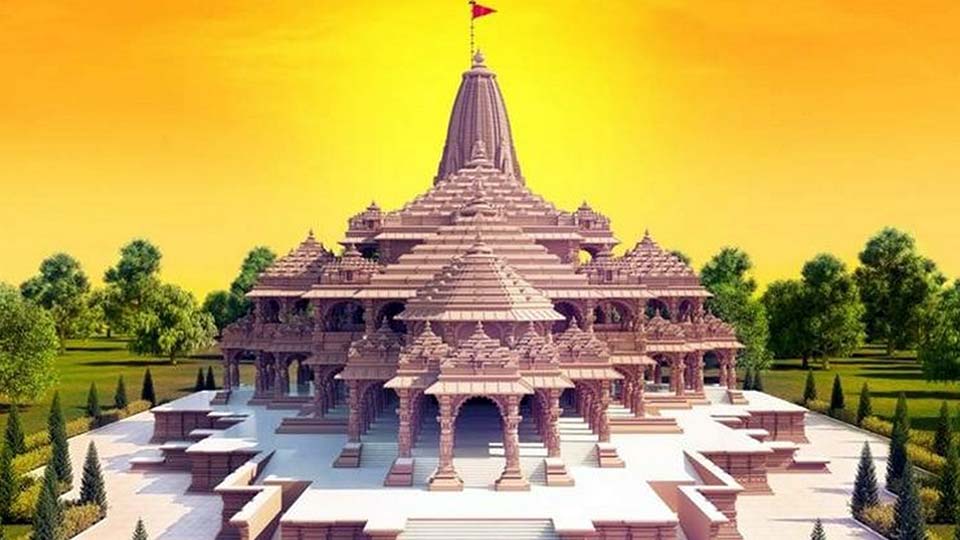
The Ayodhya Ram Mandir is poised to become the largest temple in India, boasting an impressive design structure. The Sompura family, the architects behind the temple, disclosed that the temple’s design was conceived 30 years ago by Chandrakant Sompura’s son, Ashish Sompura. The temple stands tall at approximately 161 feet, covering an extensive area of 28,000 square feet (about the area of a large mansion).
Generous Donations for Construction
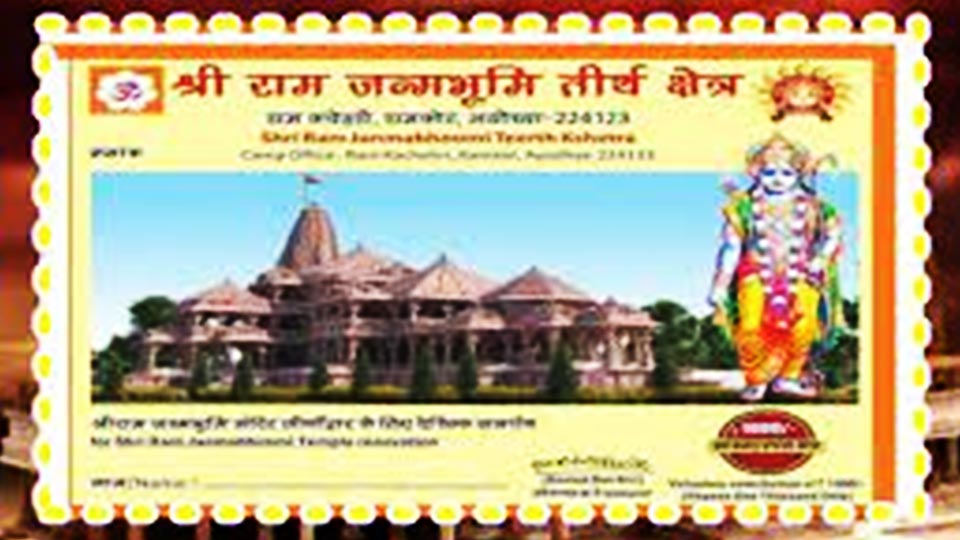
Apart from essential supplies for the construction, several prominent figures have made substantial monetary contributions to the Ayodhya Ram Mandir project. For instance, Chief Minister Adityanath Yogi provided approximately 11 lakhs, Deputy CM Keshav Prasad Maurya donated 6.60 lakhs, and Morari Bapu contributed 5 Crore, reflecting widespread support for the endeavor.
Preserving the Temple's Identity

Reports from Uttar Pradesh sources reveal a fascinating plan to safeguard the Ayodhya Ram Mandir’s identity for the future. Authorities intend to place a time capsule nearly 2000 feet below the ground beneath the temple. This capsule will house valuable information inscribed on a copper plate, ensuring that the temple’s historical significance endures.
Ongoing Debates Over Historical Surveys
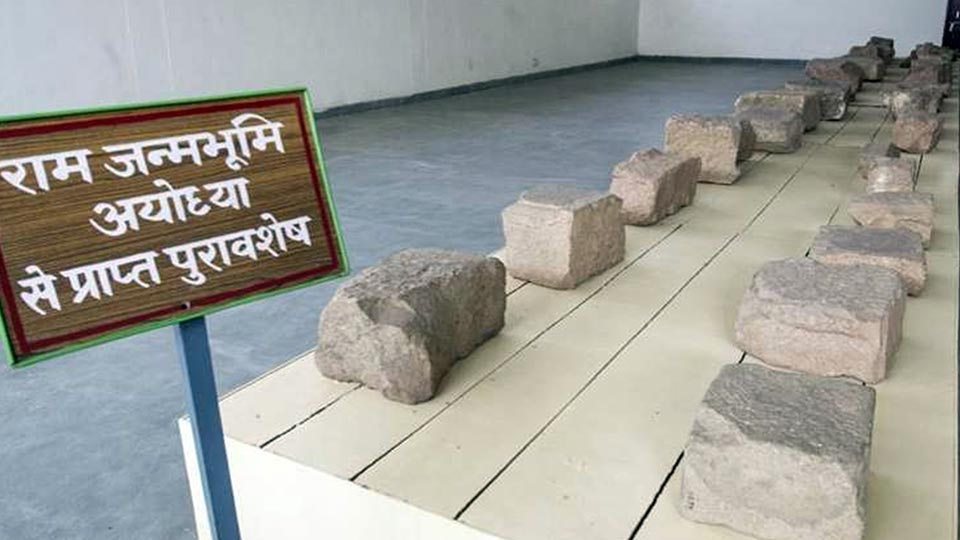
Uttar Pradesh news sources indicate ongoing debates about the temple’s history. Archaeological surveys have suggested that the Babri Mosque was constructed atop a pre-existing ancient structure. While some surveys propose this structure to be a relic of Lord Ram’s temple from ancient times, Indian Historian Sarvepalli Gopal suggests that traces of human civilization in Ayodhya date back only 2800 years, whereas legends of Lord Ram reach back over 5000 years.
Sacred Soil from Diverse Regions
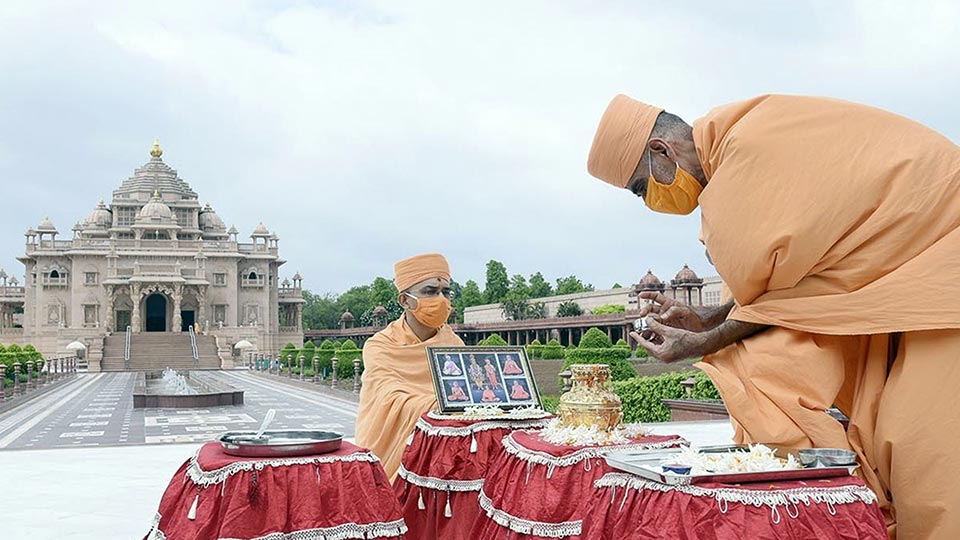
One of the most captivating aspects of the Ayodhya Ram Mandir’s construction is the foundation, which incorporates holy soil from 2587 different regions. Notable places like Jhansi, Bithoori, Yamunotri, Haldighati, Chittorgarh, Shivaji’s Fort, and the Golden Temple have contributed to this sacred foundation.
Holy Water from 150 Sacred Rivers
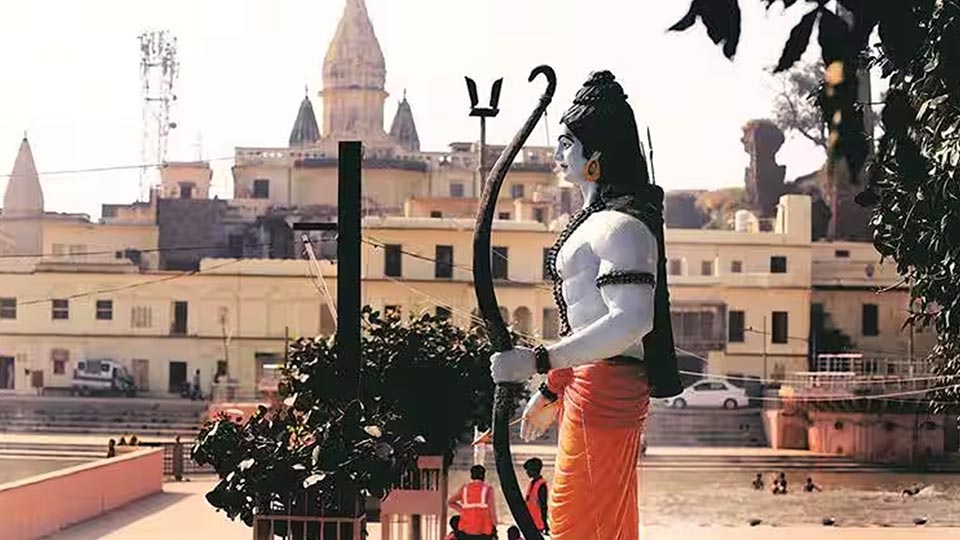
The auspicious ceremony on August 5th featured special holy water collected from 150 sacred rivers across India. This blend of river waters was sourced from a family of two brothers, Shabd Vaigyanik Mahakavi Triphala and Radhey Shyam Pandey. It combines waters from three seas, eight rivers, and soils of Sri Lanka, with the addition of Mansarovar water and water from a 600-year-old Durga Temple in West Jaintia Hills, as well as river water from Myntang and Myntdu.
A Stone-Only Construction
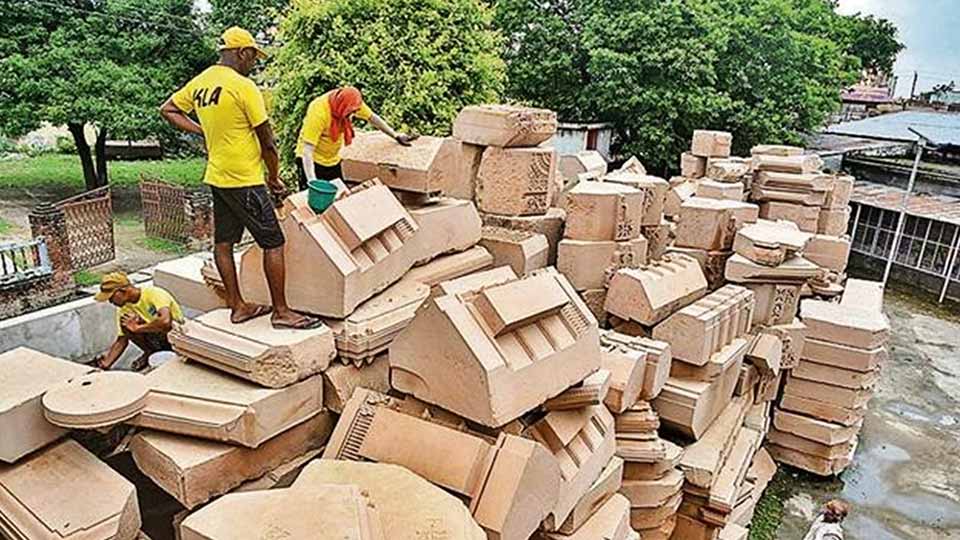
In a departure from contemporary construction practices, the Ayodhya Ram Mandir is being exclusively built using stones. No steel or iron is used in the temple’s construction. The supervisor of the project, Anu Bhai Sompura, has emphasized the use of elements like copper, white cement, and wood in lieu of iron.
Exquisite Temple Design
As per resources from Uttar Pradesh Hindi news, the temple is a two-story marvel with dimensions of 128 feet in height, 268 feet in length, and 140 feet in width. The ground floor design narrates the story of Lord Ram, encompassing his birth and childhood, while the first floor showcases Lord Ram’s Darbaar. A remarkable feature is the use of Bansi Paharpur pink sandstone, collected from Rajasthan’s Bharatpur, along with 360 pillars designed in the Nagar style.
Special Bricks with Lord Ram's Inscriptions
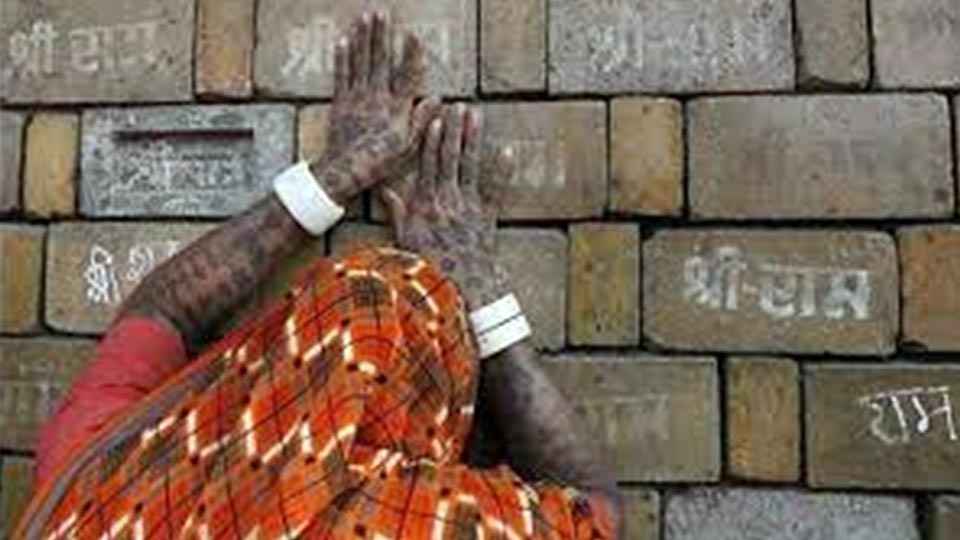
Special bricks, known as Ram Shilas and inscribed with “Shri Ram,” will be utilized in the temple’s construction. Some of these bricks have not been used in over 30 years. Before the Ayodhya Ram Mandir’s construction began, devotees from across the country would collect these bricks.
A batch of these special bricks, inscribed with Lord Ram’s name, is currently in development by a brick manufacturer in Uttar Pradesh. The temple construction will receive 51,000 of these bricks as a donation, each weighing 3 kg.
Revamping the Temple Town
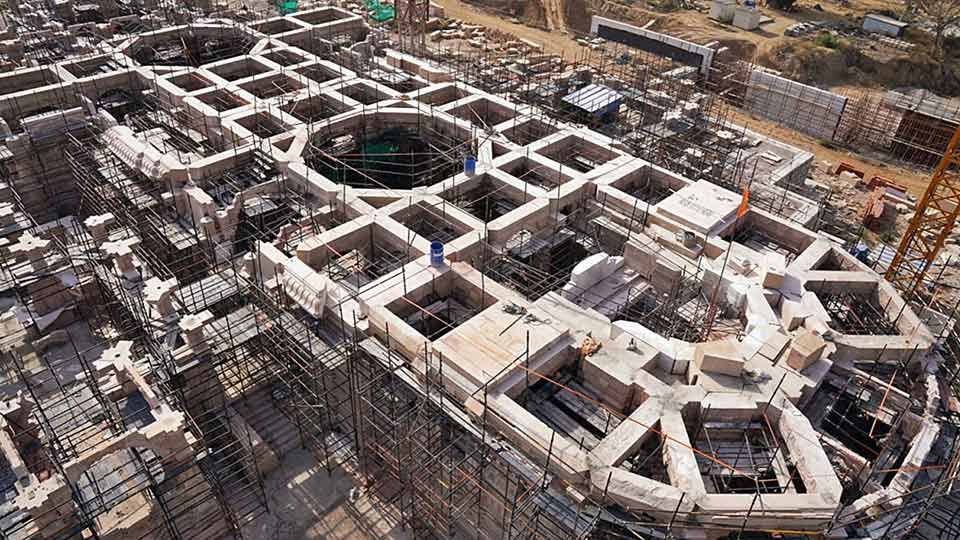
The Ayodhya Ram Mandir is not just about the temple itself; it is set to transform the entire town. Prime Minister Modi has initiated development projects worth 500 Crores, encompassing new developments and other endeavors, promising to bring about significant positive changes to Ayodhya
The establishment of the Ram Mandir in Ayodhya marks a historic moment that signifies the culmination of a long-standing cultural and legal saga. This sacred temple, dedicated to Lord Rama, holds immense significance for millions of devotees across India and beyond.
The Bhoomi Pujan ceremony on August 5, 2020, with its distinguished guests and the laying of the foundation stone by Prime Minister Narendra Modi, symbolized the beginning of a new chapter in Ayodhya’s rich history.
Moreover, the lesser-known facts surrounding the temple, such as the diverse sacred soil, the exclusive use of stone in construction, and the preservation of its identity through a time capsule, add layers of cultural and architectural significance.
Conclusion
If you are planning your journey to Ayodhya, we recommend checking out dharmshala for your accommodation needs, ensuring a comfortable and spiritually enriching visit to this sacred city
As Ayodhya undergoes transformation and rejuvenation, the Ram Mandir stands as a testament to India’s cultural heritage and the enduring spirit of its people. This magnificent temple will continue to inspire reverence and awe for generations to come, reminding us of the enduring power of faith and unity.
Frequently Asked Questions
August 5, 2020, marked a historic day when the Bhoomi Pujan ceremony took place, culminating in the establishment of the Ram Mandir in Ayodhya. Prime Minister Narendra Modi laid the foundation stone during this momentous event.
The dispute revolves around the belief that a temple dedicated to Lord Rama once stood at the Ram Janmabhoomi site in Ayodhya. It was allegedly destroyed by foreign invaders in the early 16th century, and a mosque, known as the Babri Masjid, was subsequently constructed on the same grounds.
The Ayodhya dispute has a long history dating back to the 1850s, with multiple legal proceedings initiated. It escalated with events like the appearance of an idol of Lord Ram in 1949 and the demolition of the Babri Masjid in 1992.
Thousands of “karsevaks,” inspired by the BJP’s calls, converged on Ayodhya and demolished the Babri Masjid on December 6, 1992.
Established on December 16, 1992, just ten days after the Babri Masjid’s demolition, the Liberhan Commission was tasked with investigating the circumstances surrounding the demolition. It had a three-month mandate to submit its findings.
In November 2019, a five-judge Supreme Court bench delivered a verdict in favor of Ram Lalla, entrusting the entire disputed land, spanning 2.77 acres, to a government-formed trust responsible for building the Ram Temple. A separate 5-acre plot was allocated for a mosque.
The Ayodhya Ram Mandir is set to be the largest temple in India, standing at approximately 161 feet with an area of 28,000 square feet. It’s being constructed exclusively with stones, with no use of steel or iron. It will feature special bricks inscribed with “Shri Ram” and 360 pillars in the Nagar style.
Authorities plan to place a time capsule nearly 2000 feet below the ground beneath the temple. This capsule will house valuable information inscribed on a copper plate, ensuring the temple’s historical significance endures.
Several prominent figures made monetary contributions, including Chief Minister Adityanath Yogi (11 lakhs), Deputy CM Keshav Prasad Maurya (6.60 lakhs), and Morari Bapu (5 Crore), reflecting widespread support for the project.
Prime Minister Modi has initiated development projects worth 500 Crores in Ayodhya, promising new developments and endeavors to bring about significant positive changes to the entire town.
Meet The Author

Krishna Kishor
Greetings! I’m Krishna Kishor, currently pursuing an MBA at IMT Ghaziabad, where I’m honing my skills in business management. While my academic pursuits keep me grounded in the corporate world, my heart finds solace in exploring the spiritual and cultural realms of our diverse world.

